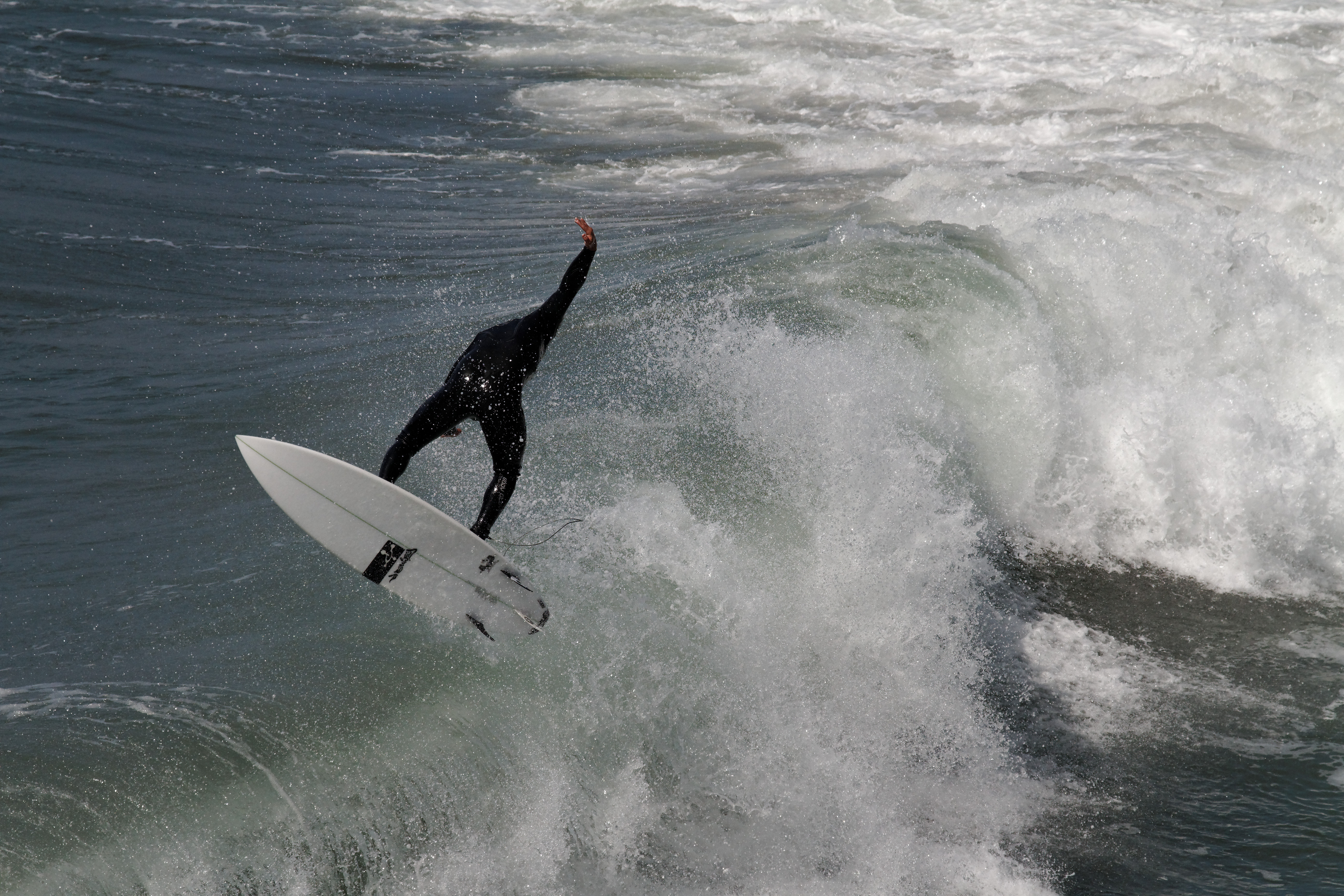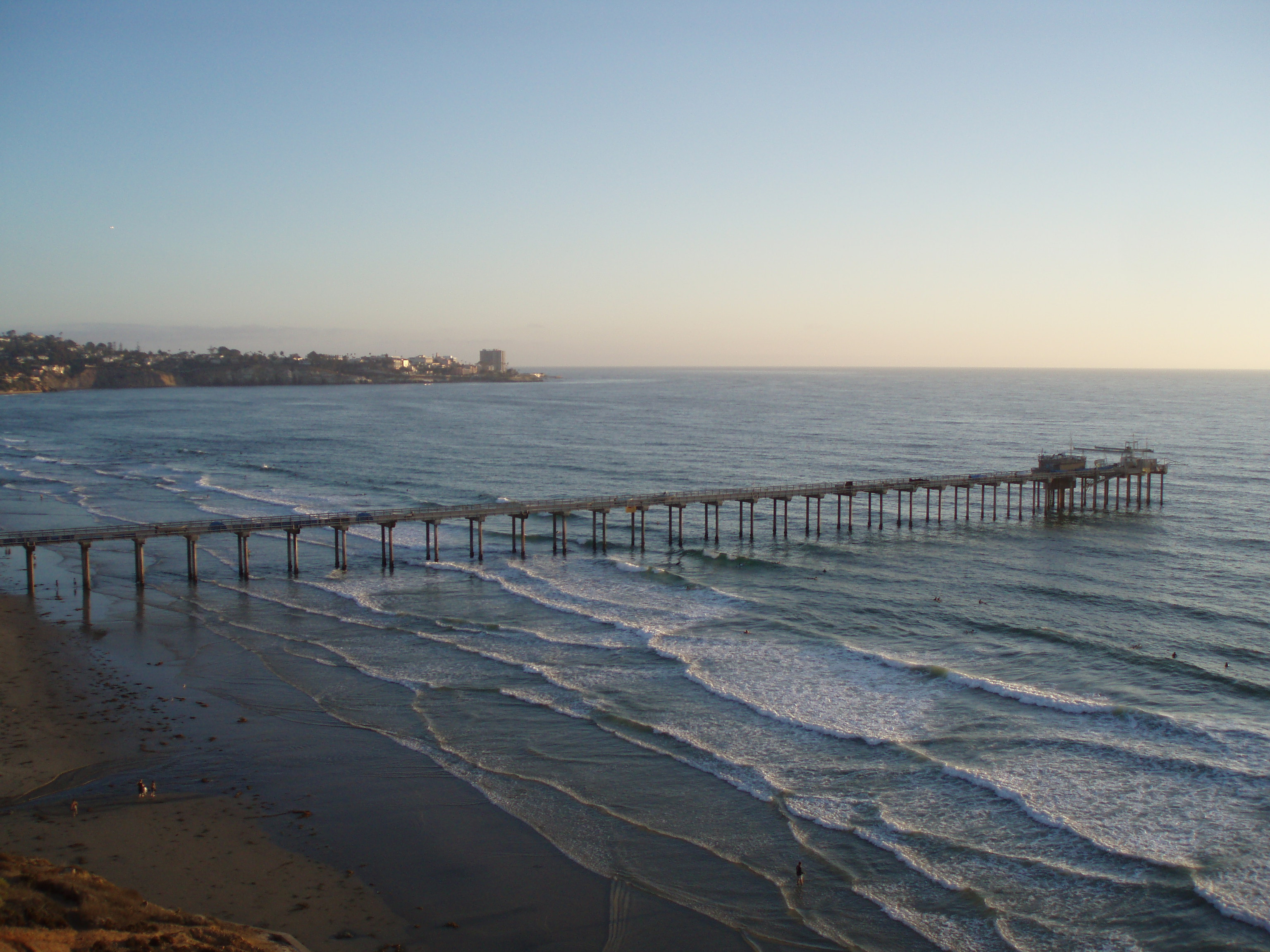The beautiful Southern Californian coastline is home to some of the most iconic surf spots in the world. Whether you’re a seasoned surfer or a beginner, the city offers a variety of breaks to suit all skill levels. From the legendary Black’s Beach to the picturesque Sunset Cliffs, there’s a wave for everyone. In this article, we’ll be exploring the best surf spots in San Diego, along with the best weather conditions to visit for an unforgettable surfing experience.
Black’s Beach

Located near La Jolla, Black’s Beach is a world-renowned surf spot known for its powerful waves and pristine sand. Its isolated location and steep cliffs make it the perfect escape for experienced surfers seeking a challenging ride. The best weather conditions for surfing at Black’s Beach are during the winter months, when swells from the northwest create powerful, long-period waves.
Pacific Beach

Pacific Beach, or “PB” as locals call it, is a bustling beach community with a lively surf scene. With a variety of breaks and a friendly atmosphere, it’s a great spot for surfers of all levels. The best weather conditions for surfing at Pacific Beach are during the summer months, when south swells create consistent, fun waves.
Tourmaline
Tourmaline Surfing Park, located in Pacific Beach, is a popular spot for longboarders and beginners. Its gentle waves and spacious lineup make it an ideal location for those looking to improve their surfing skills. The best weather conditions for surfing at Tourmaline are during the summer months, when south swells create long, rolling waves.
Oceanside

Oceanside, located just north of San Diego, is a thriving surf community with multiple breaks along its 3.5-mile coastline. With a mix of beach and reef breaks, Oceanside offers something for every skill level. The best weather conditions for surfing at Oceanside are during the summer and fall months, when south swells create consistent, rideable waves.
South Mission Jetty

South Mission Jetty is located at the southern end of Mission Beach, offering a more secluded surfing experience. The jetty provides protection from prevailing winds, creating clean, peeling waves suitable for all skill levels. The best weather conditions for surfing at South Mission Jetty are during the fall and winter months, when west and northwest swells generate consistent surf.
Scripps Pier

Scripps Pier is a popular surf spot located near the Scripps Institution of Oceanography in La Jolla. With its consistent waves and picturesque scenery, it’s a favorite among both locals and tourists. The best time to surf at Scripps Pier is during the summer months, when south swells generate waves suitable for all skill levels.
Windansea

Home to a tight-knit community of local surfers, Windansea is a legendary San Diego surf spot with a rich history. Its consistent waves and rocky shoreline make it an ideal location for experienced surfers. The best weather conditions for surfing at Windansea are during the winter months, when northwest swells create powerful, hollow waves.
Sunset Cliffs

Sunset Cliffs, situated in the Point Loma neighborhood, is a picturesque surf spot offering stunning views and an adventurous surf experience. With numerous reef breaks and a rugged coastline, it’s best suited for experienced surfers. The best weather conditions for surfing at Sunset Cliffs are during the winter months, when powerful northwest swells create epic, challenging waves.
Lower Trestles

Lower Trestles, part of the iconic Trestles surf zone in San Clemente, is a world-class surf spot revered by surfers globally. Known for its high-performance waves and competitive surf scene, it’s best suited for advanced surfers. The best weather conditions for surfing at Lower Trestles are during the spring and summer months, when south swells create fast, rippable waves.
How To Stay Safe When Surfing
Surfing is an exhilarating sport, but it’s important to prioritize safety to fully enjoy the experience. Follow these guidelines to ensure a safe and enjoyable surf session:
- Choose the right surf spot: Select a location that matches your skill level. Beginner surfers should start at spots with gentle waves and sandy bottoms, while more experienced surfers can explore reef breaks and bigger waves. Schools like Pacific Surf School offer surfing lessons for all levels if you want to feel more confident about your skills.
- Check the weather and surf conditions: Always check the local surf report and weather conditions before paddling out. Be aware of potential hazards, such as rip currents, strong winds, and large swells.
- Warm up and stretch: Like any sport, it’s essential to warm up and stretch before hitting the waves. This will help prevent injuries and improve your surfing performance.
- Use appropriate equipment: Make sure you have a suitable surfboard and leash for your skill level and the conditions. A proper wetsuit will keep you warm and protect your skin from the sun.
- Learn surf etiquette: Familiarize yourself with the basic rules of surf etiquette to ensure a respectful and enjoyable experience for everyone in the water.
- Never surf alone: Always surf with a buddy or in areas with other surfers. In case of an emergency, having someone nearby can make a crucial difference.
- Know your limits: Be honest with yourself about your abilities, and don’t push yourself too hard. If the conditions are beyond your skill level, wait for a more suitable day to surf.
- Learn how to escape rip currents: Rip currents can be dangerous, so it’s important to know how to identify and escape them. If caught in a rip current, remain calm, and paddle parallel to the shore until you’re out of the current, then paddle back to the beach.
Conclusion
San Diego’s coastline boasts a diverse range of surf spots, each with its own unique character and charm. From the challenging breaks of Black’s Beach and Windansea to the beginner-friendly waves at Tourmaline and Pacific Beach, there’s a surf spot for everyone in this beautiful city. Make sure to plan your visit according to the best weather conditions for each spot, and don’t forget to respect the local surf etiquette.
Hi! I am George and I am the Content Lead for Stasher.com. I love travel, writing, making music and meeting new and interesting people.
